Tanabe City Kumano Tourism Bureau

A budo that fosters a spirit of harmony, not competing with others for superiority or inferiority, and not deciding who wins and who loses
It is said that the technique of aikido can control an opponent in an instant as soon as they touch the opponent. Aikido is a budo that aims to train the mind and body by repeating techniques according to each other’s proficiency without competing with each other.
Founded by Morihei Ueshiba after undergoing rigorous martial arts training and spiritual discipline, the budo aikido was named in 1942 and has spread to approximately 140 countries and regions around the world. Many foreign practitioners have come to Japan to practice aikido.
In Tanabe City, Wakayama Prefecture, where Morihei Ueshiba, the founder of aikido, was born and raised, the Ueshiba Morihei Memorial Museum was opened in 2020 to introduce his life and the history of aikido. There is also a space where you can experience the basics of aikido, such as posture/walking, sitting, and body movement, while watching videos.
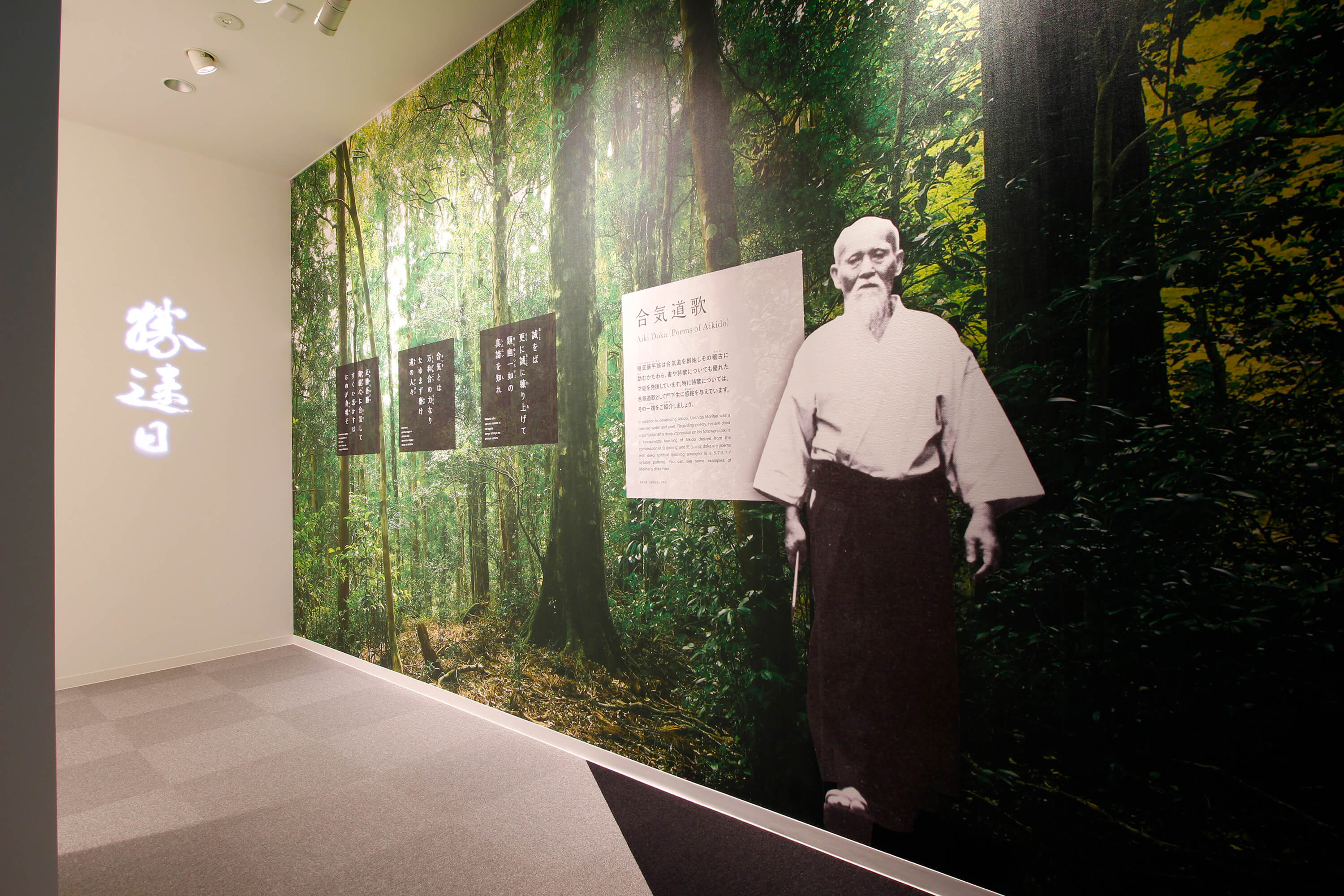
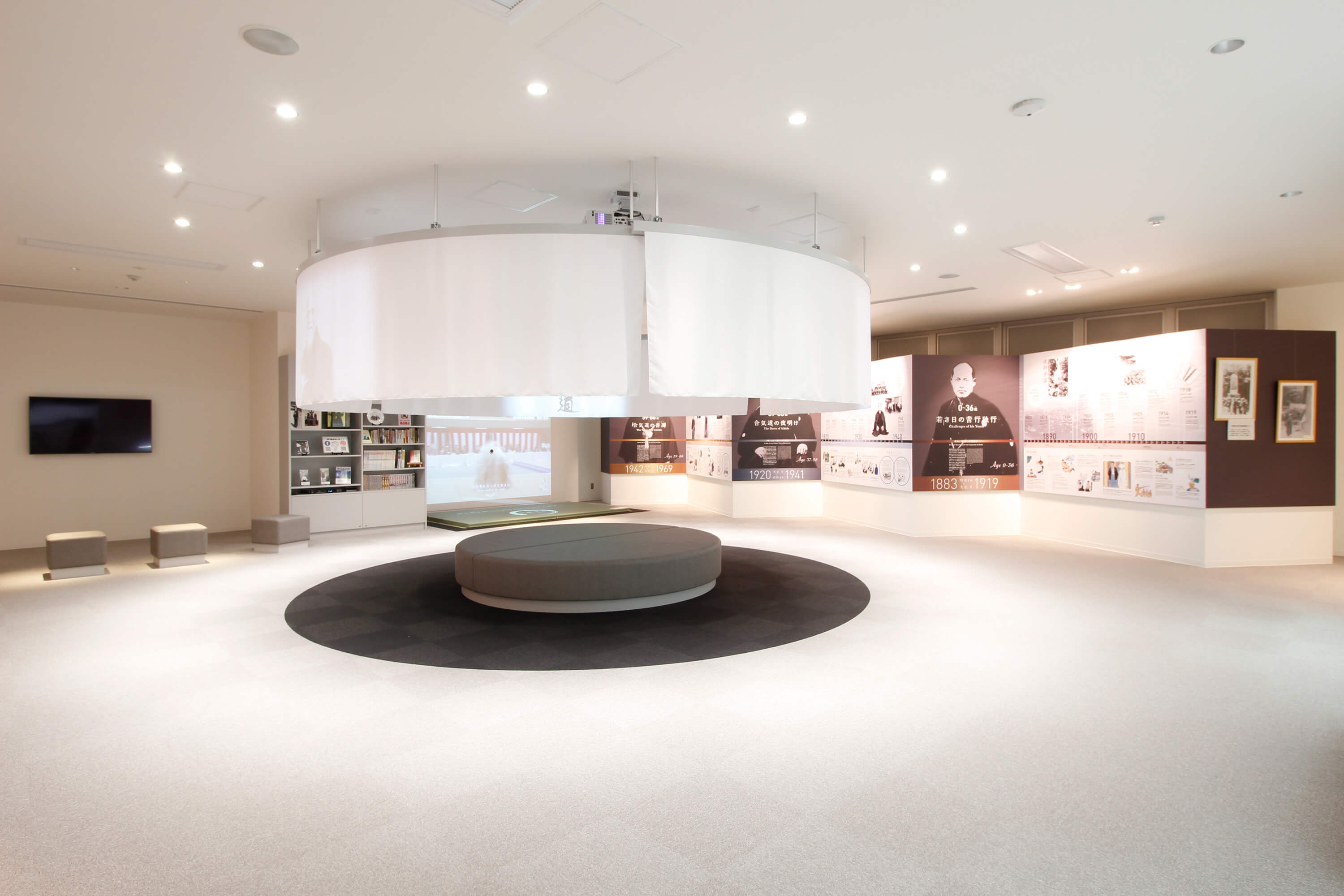
Experience aikido in Tanabe City, the birthplace of the founder of aikido
In the same building as the Ueshiba Morihei Memorial Museum, there is the Tanabe City Budokan, where you can actually experience aikido wearing a dojo outfit. The instructor is Junichi Gomita, a son of Seiji Gomita, a disciple of Morihei Ueshiba and the head of Aikido Tanabe Dojo. Junichi Gomita, who holds 5th dan in aikido and is a qualified aikido instructor, will teach in an easy-to-understand manner, with content suited to all levels from beginners to experienced students.
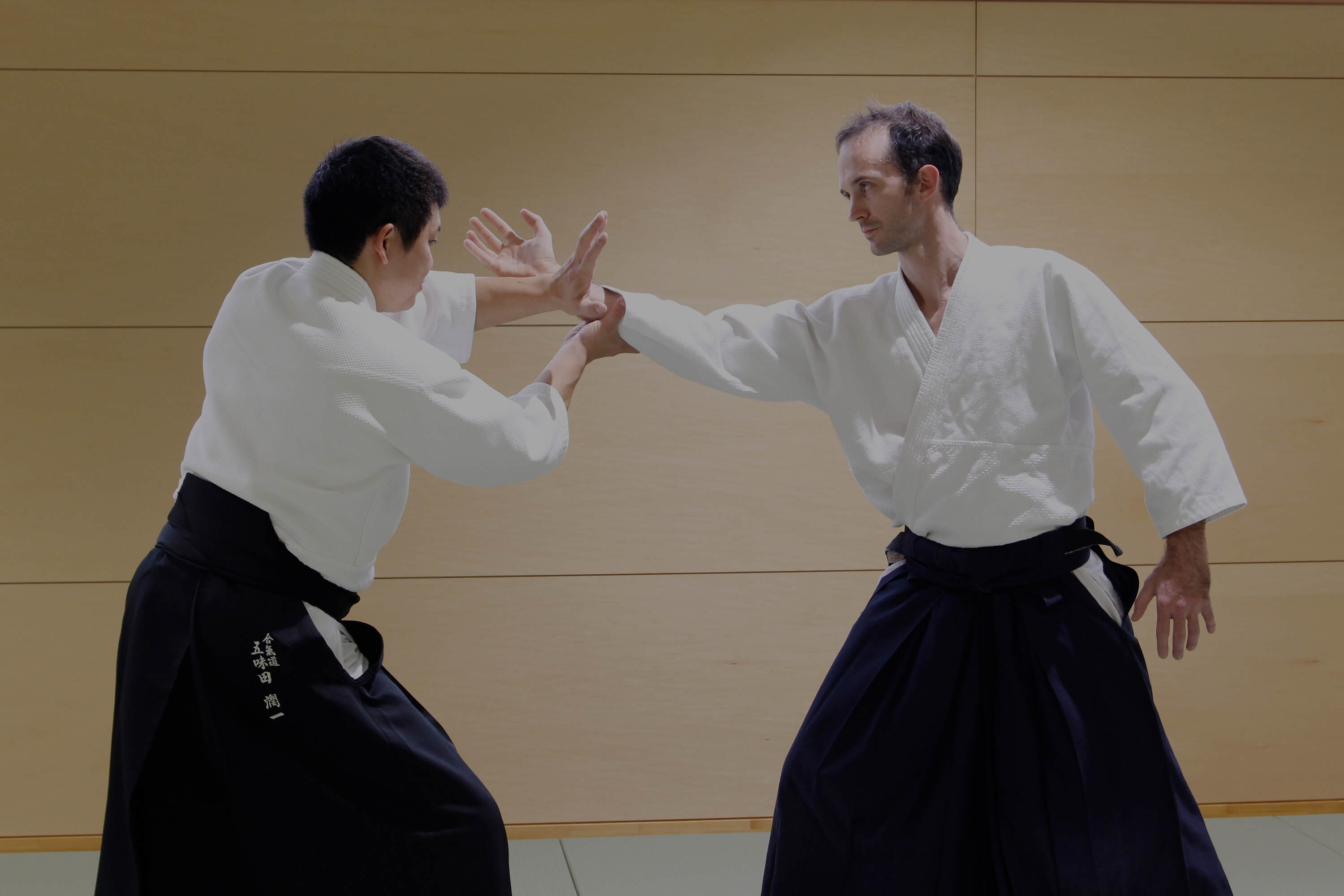
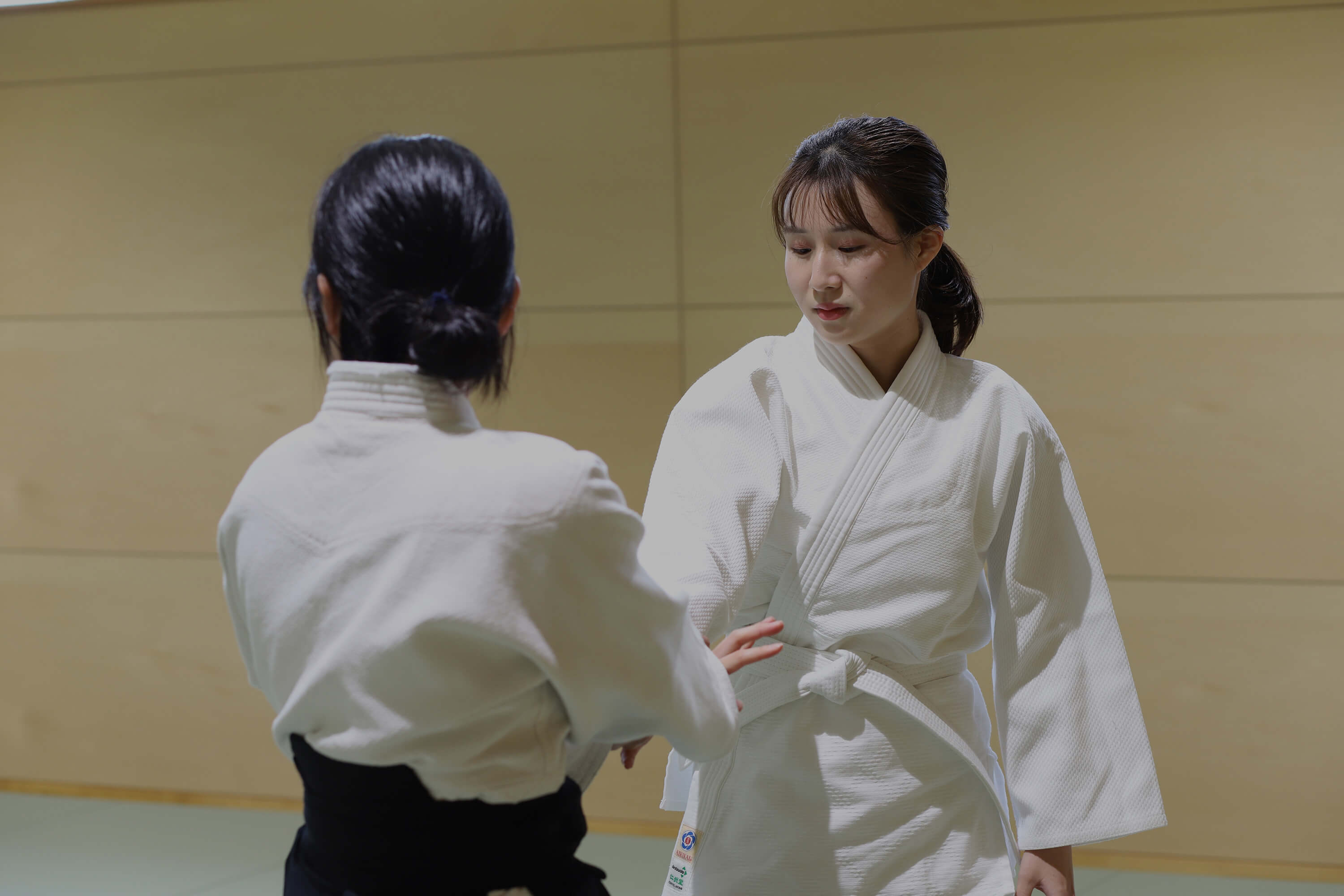
In addition to experiencing the basic movements of aikido such as manners of bowing, throwing techniques, locking techniques, weapon techniques, and defensive positions, demonstrations of budo are also performed. The aikido experience is available in English and French as well as Japanese.
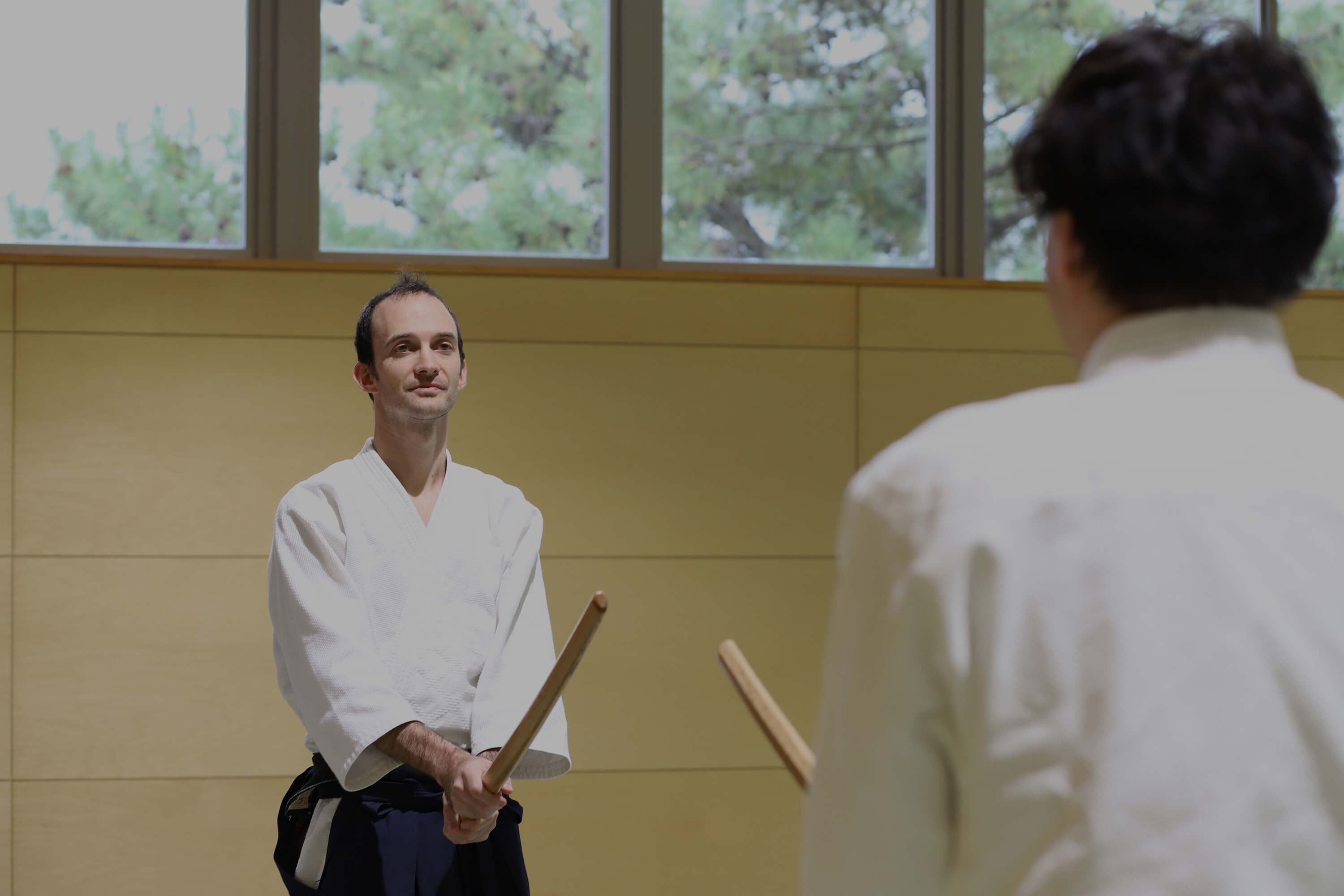
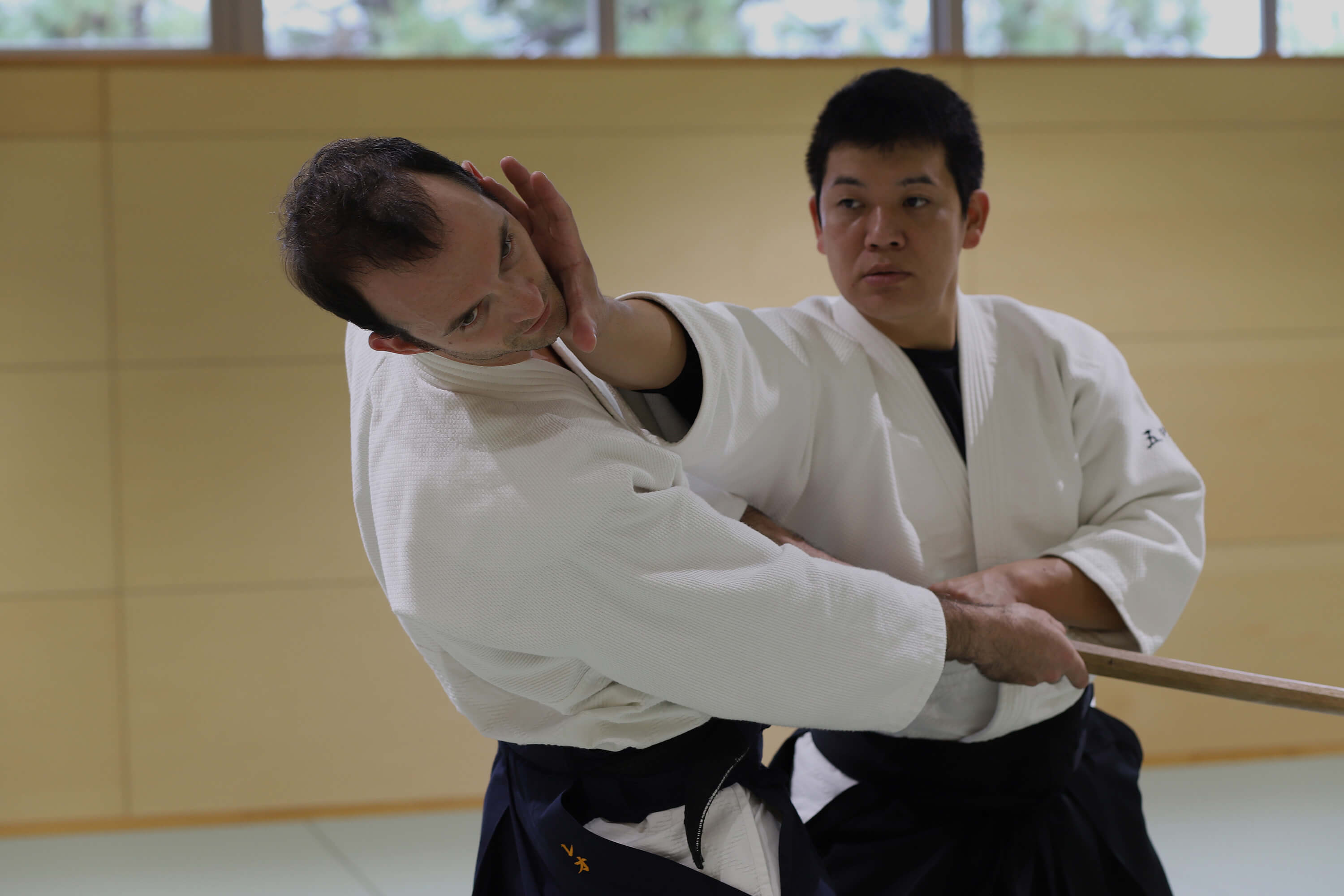
To Kumano’s sacred sites with a history of over 2,000 years
Kumano Sanzan, located in the southern part of Wakayama Prefecture, is a collective name for the three shrines and one temple (Kumano Hayatama Taisha Shrine, Kumano Nachi Taisha Shrine, Kumano Hongu Taisha Shrine, Nachisan Seigantoji Temple), and it is said that visiting these three shrines and one temple will bring peace to the past, present, and future. Kumano Hongu Taisha Shrine in Tanabe City is the first stop on the Kumano Pilgrimage, with 158 stone steps to the shrine pavilion. Morihei Ueshiba also visited this place for mental training.
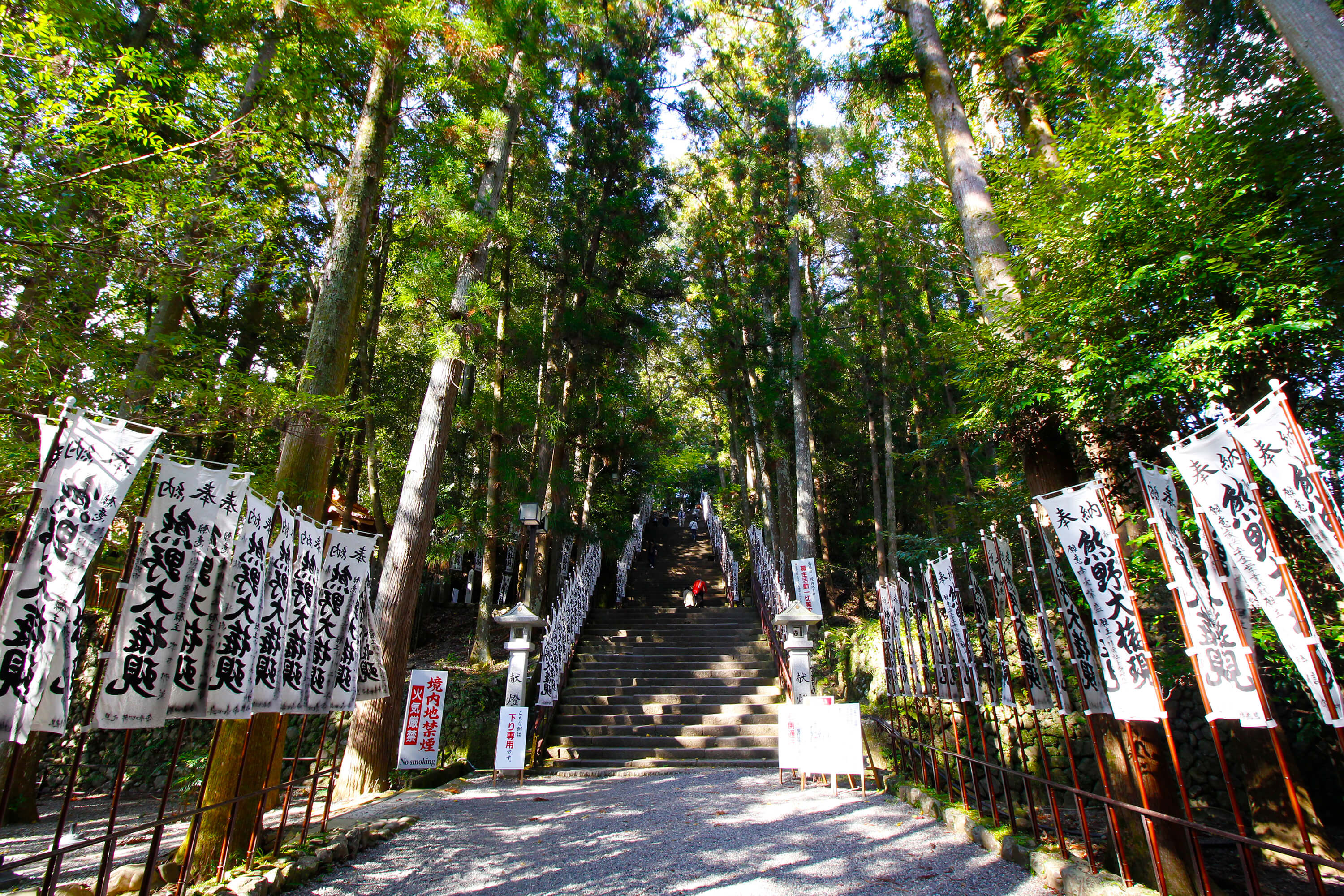
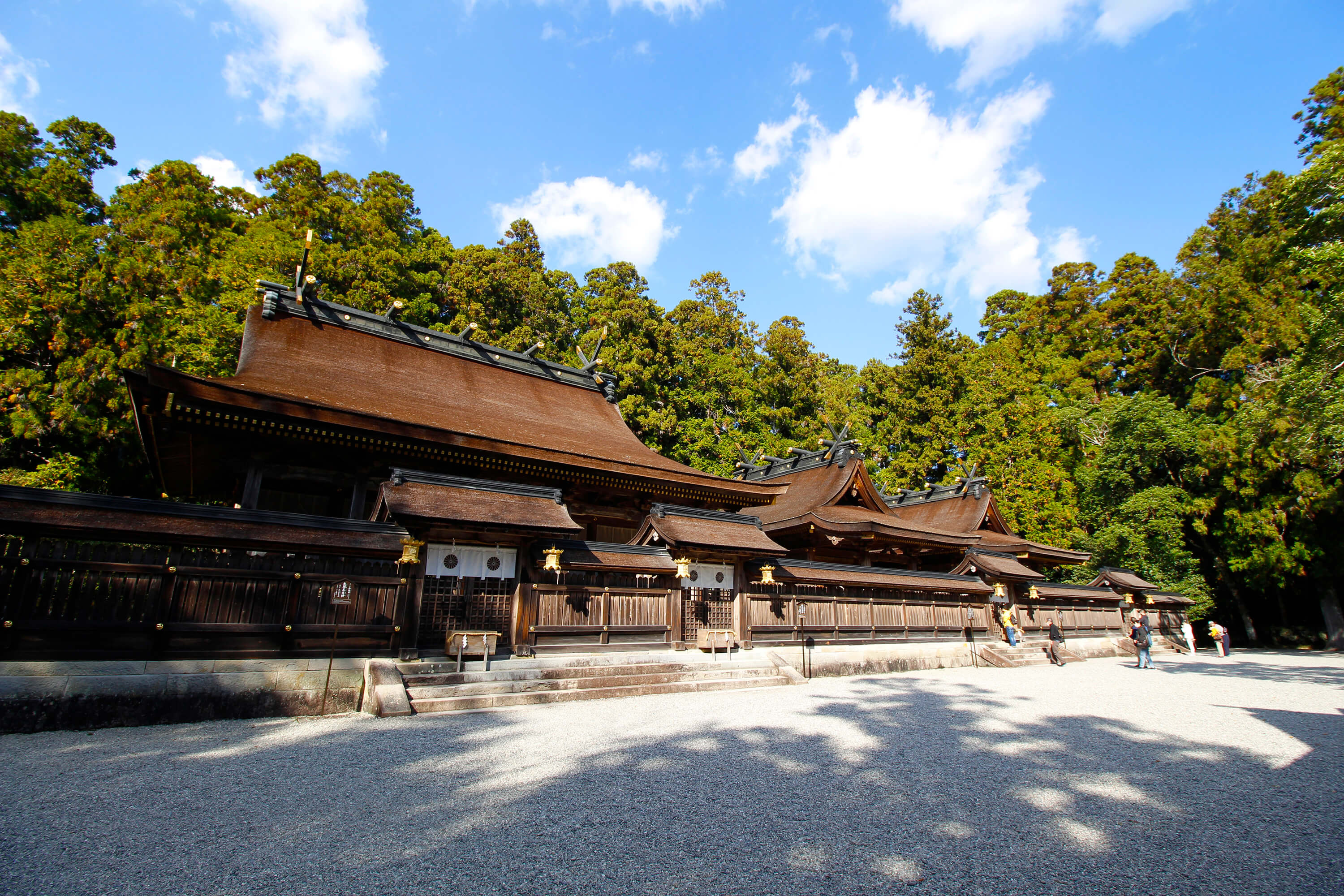
Oyunohara, a 10 minute walk from Kumano Hongu Taisha Shrine, has a large torii (shrine gate) about 34 meters high and 42 meters wide. It is located on the sandbank at the confluence of the Kumano River, Otonashi River, and Iwata River, where Kumano Hongu Taisha Shrine used to be located. In 1889, part of the shrine building was washed away in a heavy flood, and the shrine was relocated to its current location.
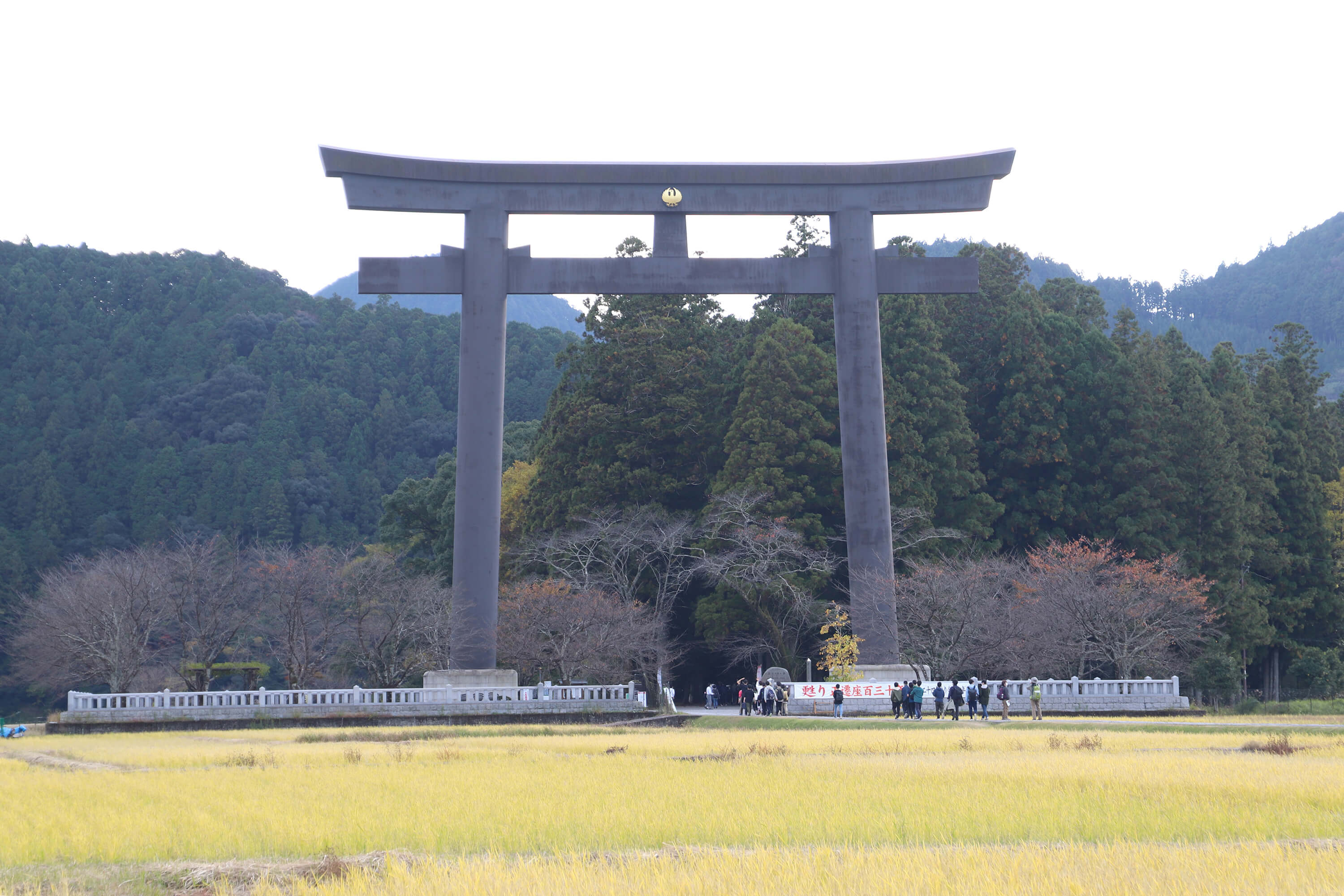
Kumano Kodo, a pilgrimage route of Kumano Sanzan, is well maintained in some areas and can be easily enjoyed along some routes. We recommend the 3-hour Nakahechi route that starts from Hosshinmon Oji, goes past the Dokyu Zenmon Jizo, stops at the observatory overlooking large torii and the Kumano River, and heads for Kumano Hongu Taisha Shrine.
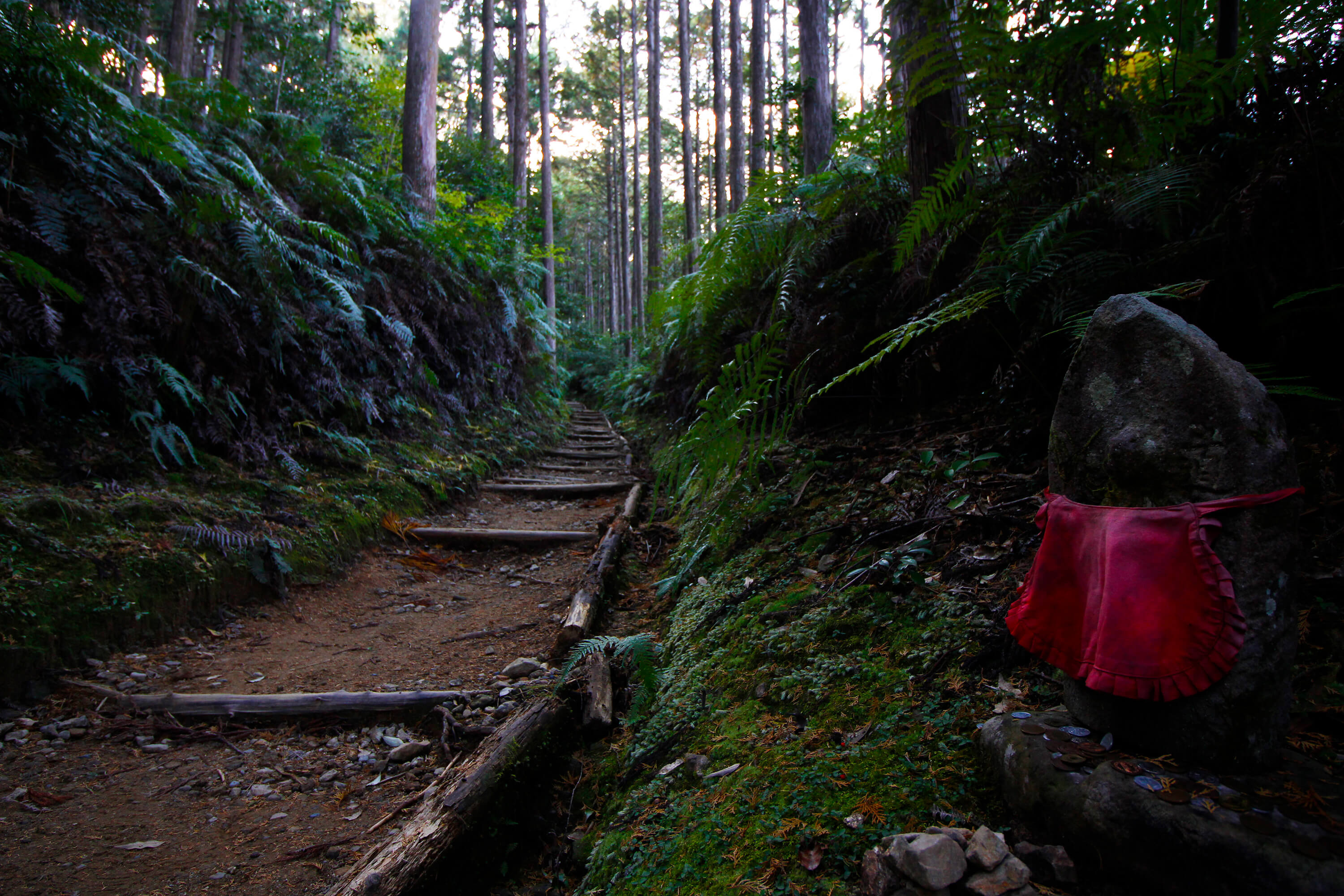
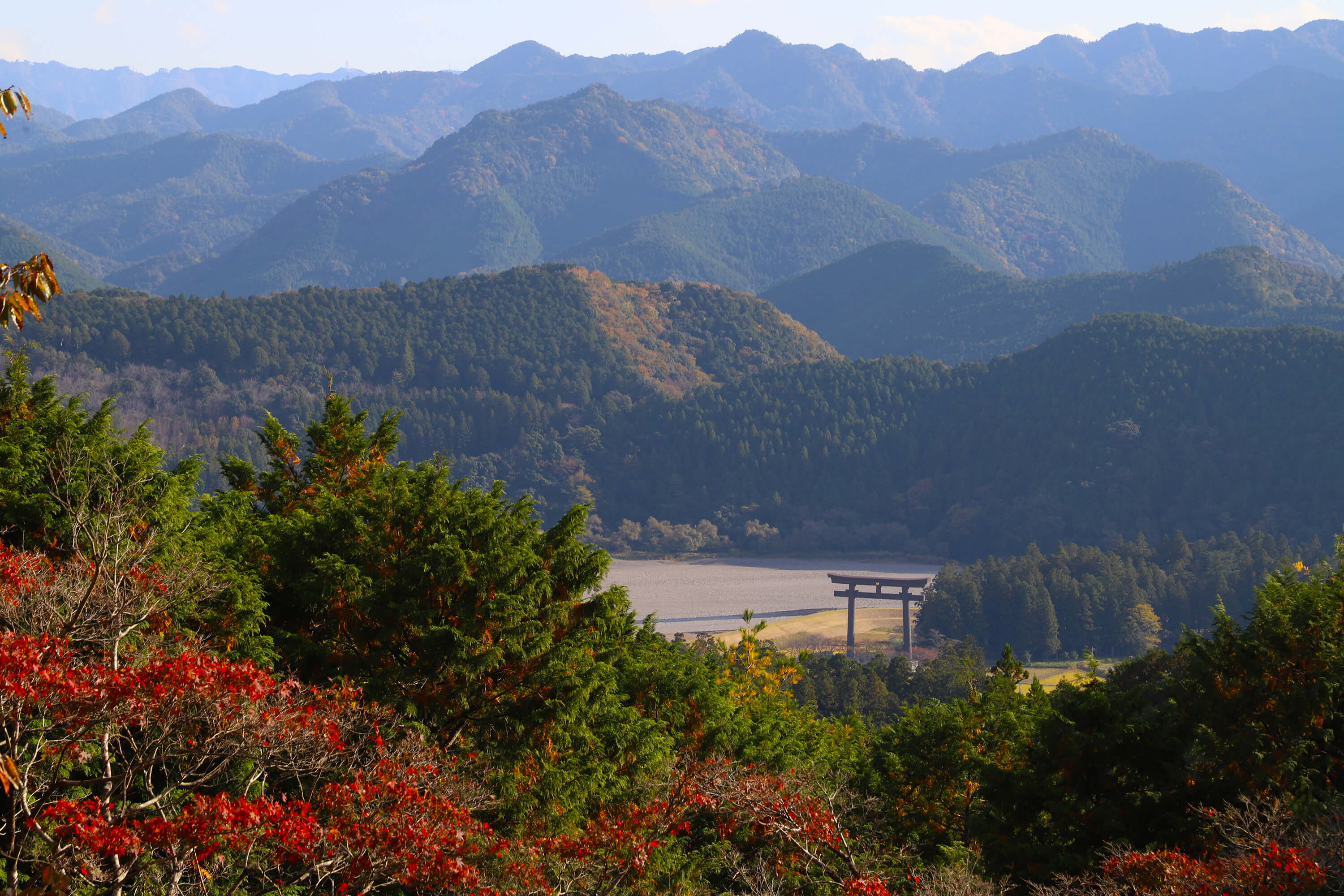
Power food with a simple and deep sense of local flavor
Meharizushi, a local specialty of the Kumano area, is a bale-shaped rice ball wrapped in leaf mustard leaves. It was popularized as an easy-to-eat lunch between mountain work, etc. There are various theories on the origin of the name, such as “when you eat, you open your mouth as if to open your eyes wide” or “it is eye-wateringly delicious”. Seasonings differ from shop to shop, and you can eat it at Sabo Chinchoan near Kumano Hongu Taisha Shrine and other restaurants .

Umeboshi (pickled plum) can be said to be one of the national foods of Japan. Tanabe City and the neighboring town of Minabe Town boast the largest production of plums in Japan, and the production method of plums in this area is designated as a World Agricultural Heritage Site as a traditional agriculture and farming method that make use of the local environment. Kishu Ume no Sato Nakata sells a lot of plum products. You can try umeboshi and plum wine, and if you want, you can visit the factory. You can rediscover the deliciousness of umeboshi, which has been popular as a preserved food since long ago.
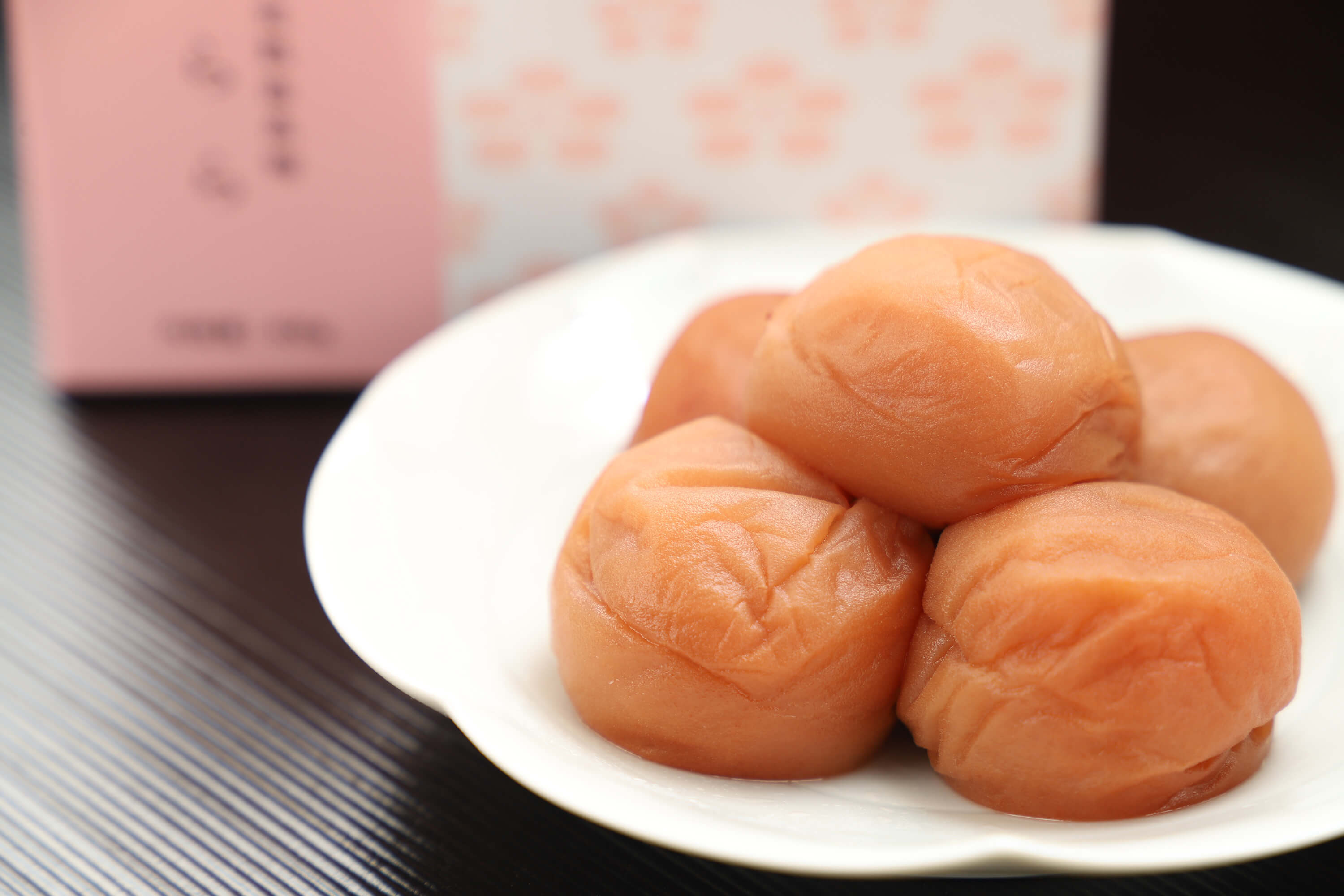
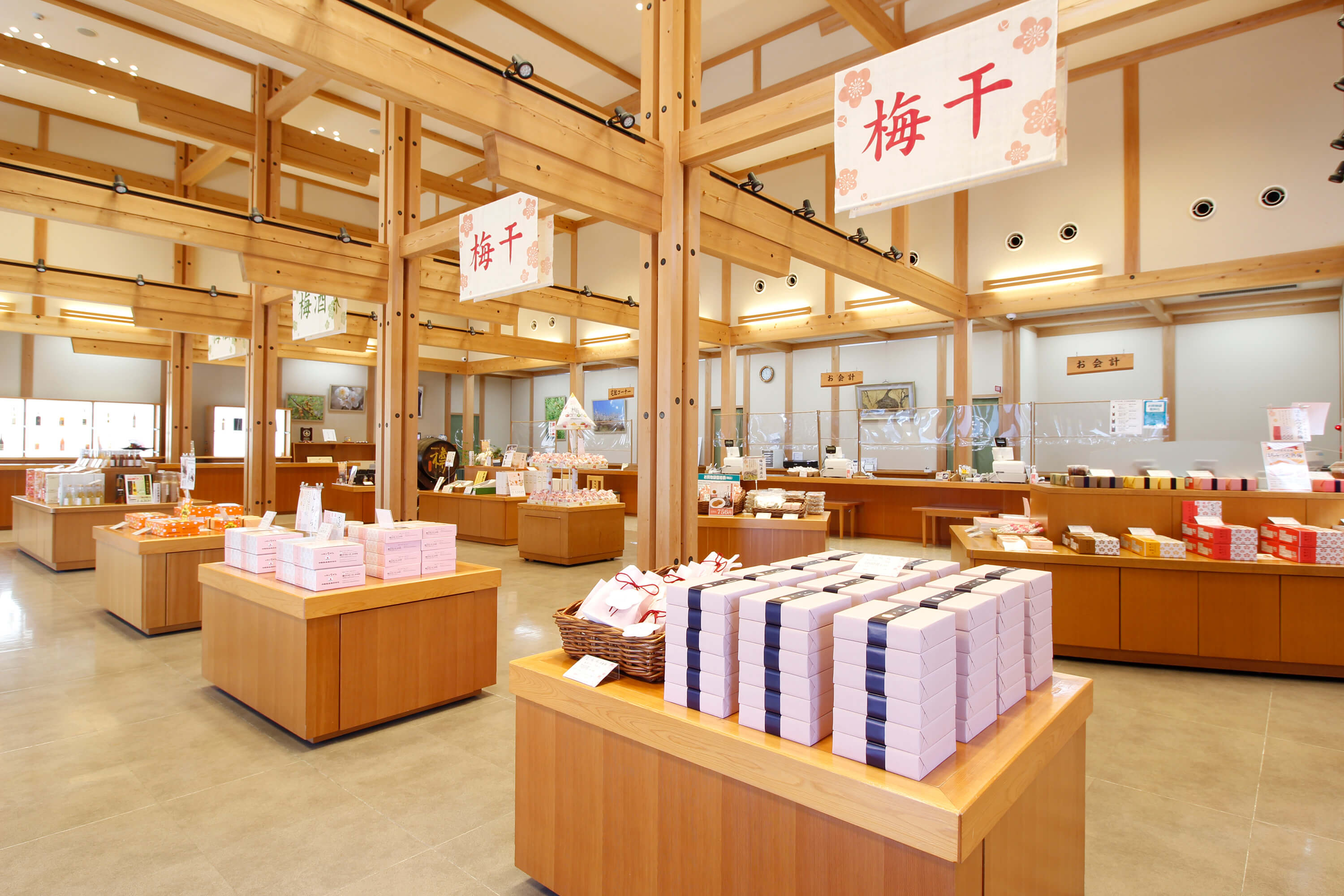
In Tanabe City, which is the gateway to the Kumano area, you can experience and learn about the culture and history of Kumano, which is the foundation of aikido and its spiritual world. You can enjoy budo tourism that deeply touches the essence of aikido.

